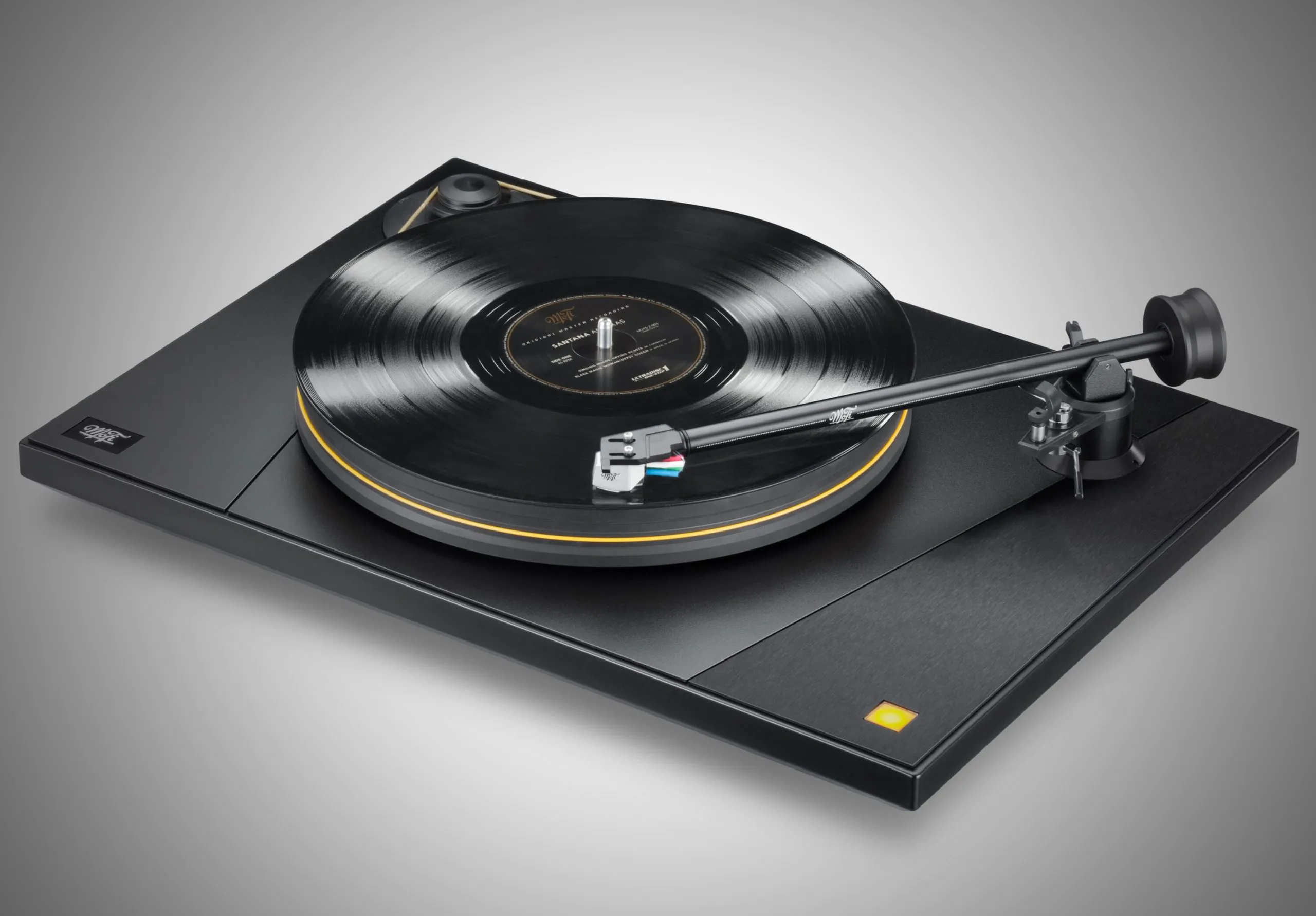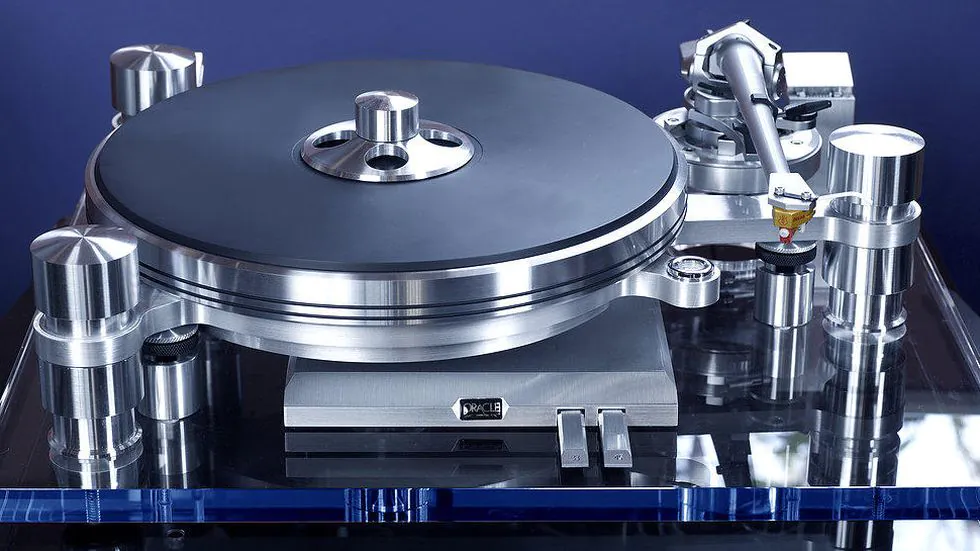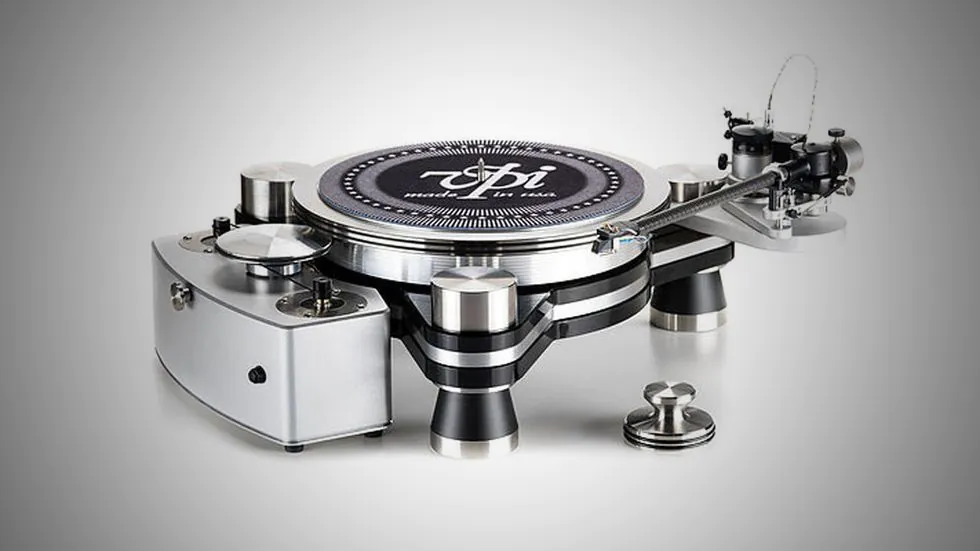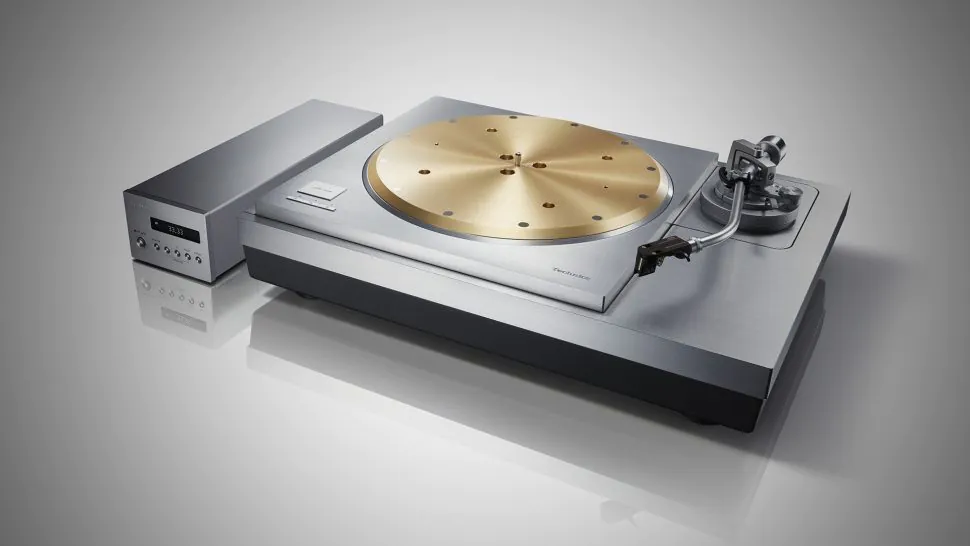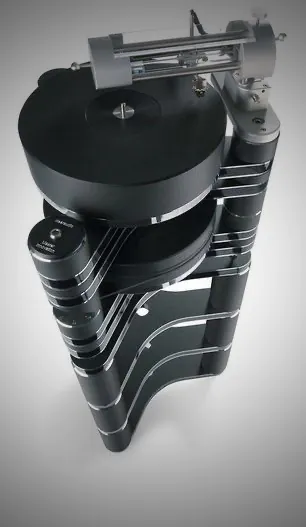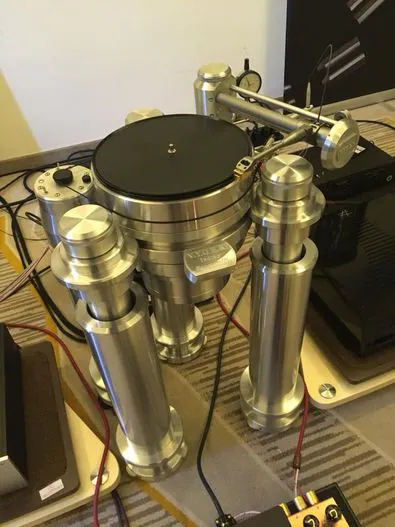Let’s say you’ve watched High Fidelity with Zoë Kravitz and fell in love with the the idea of analog sound. Or you read in the news that vinyl is back in fashion. Or you simply like the vinyl format, but don’t know where to start.
Intro
So, the decision has been made, but you do not know how to choose your first turntable. Well, let’s figure it out.
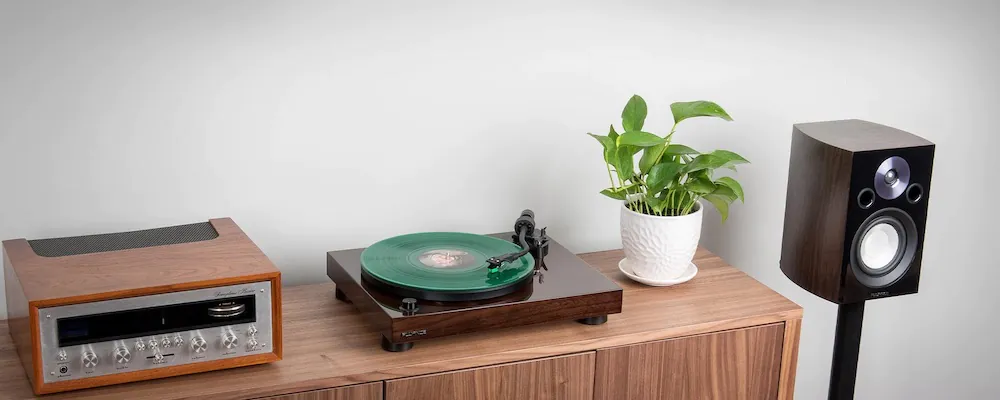
First of all, you need to realize one important thing: vinyl is not about playlists, hot tracks or something similar from the world of digital music. Vinyl is about albums. With the order of the songs that the authors intended. You listen to it thoughtfully start to finish. And this changes the whole experience, taking the music out of the background making listening a conscious process. Kinda of an alien idea in a digital age.
Why do people even listen to vinyl? The dispute between digital and physical is eternal and radical adherents of both trends will never run out of scientific and pseudoscientific arguments. But let’s leave aside the technical part and talk about certain pros that just cannot be disputed.
- First, by buying vinyl, you support your favorite artist. It’s much better than those microscopic deductions from your $5 a month for every time you listen to a song on Spotify or Apple Music.
- Second, due to the physical size of the envelopes, vinyl covers have long been true works of art, created by the best artists and photographers of their time.
- Third, vinyl can be a good investment of money: some editions grow in price over the years and the cost of an individual copy, which cost $5-15 at the start, in a few years can reach $4500 (yes, four and a half thousand dollars) and higher. Impressive, isn’t it?
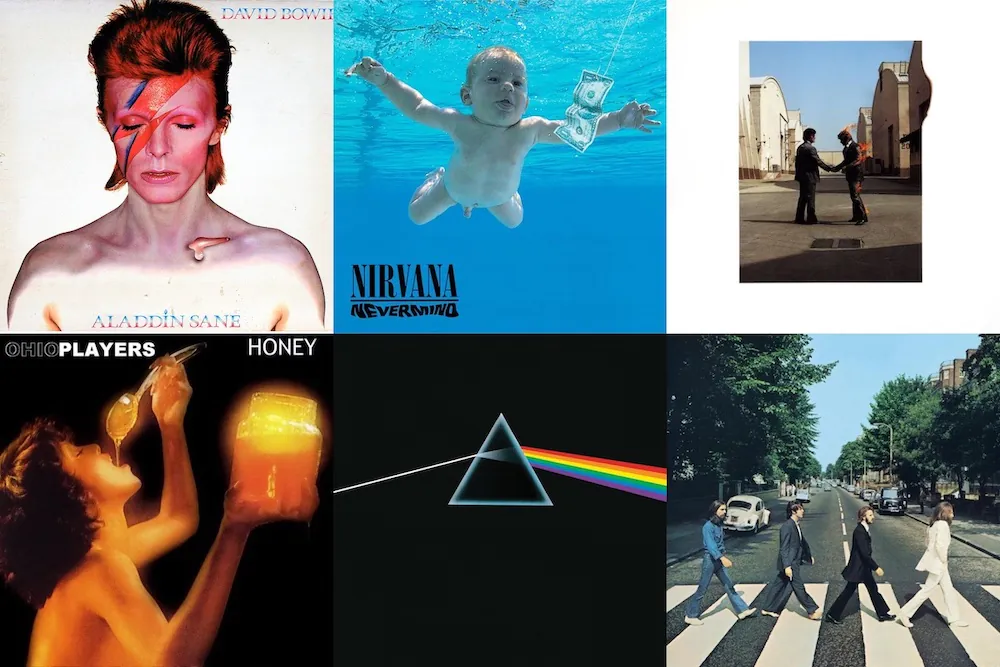
But how to choose your first turntable? What to look for and what mistakes to avoid so as not to be disappointed at the very start? Let’s take a closer look.
Choosing our first vinyl player, we will take into account technical equipment, additional features and aesthetic component. We will divide them into low, middle and high-end models.
There are also kind of a extra-low-end models. These are various portable suitcase-style turntables from ION, Crosley, Lenco, Numark and countless others. And since we have not yet gotten to the technically important points in the text, we can only note that if you plan to listen to the disc more than once, then it is not recommended to do it on such players.
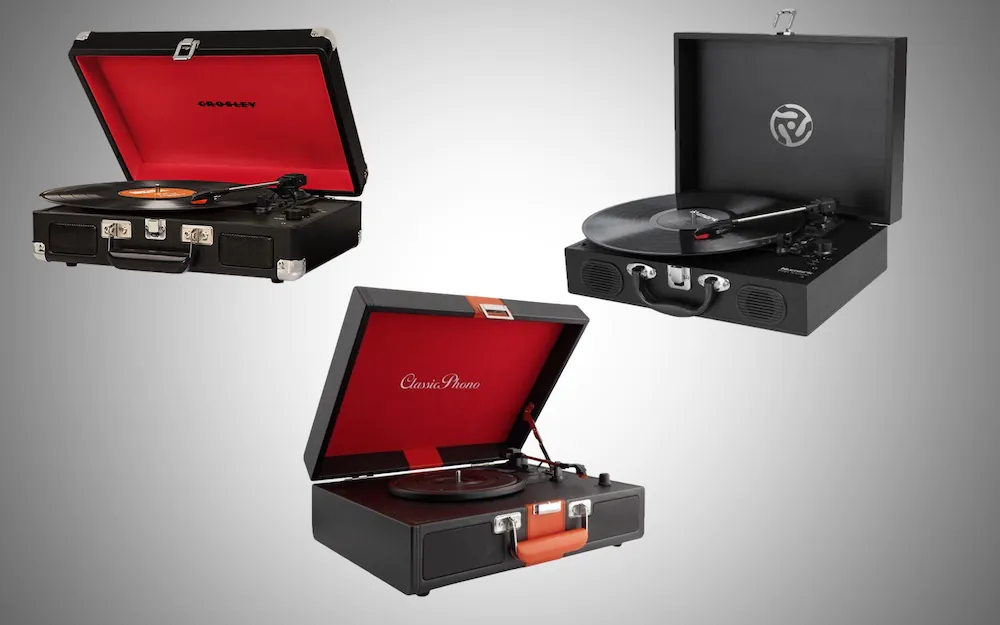
Quite simply, a vinyl turntable consists of a plinth (a box inside which the engine and all the electronics are hidden), a platter (a rotating round thing with a pin in the center, on which records are placed), a tonearm (a stick at the end of which the cartridge is located) and the actual cartridge with the needle. In most cases, they are protected by a lid.
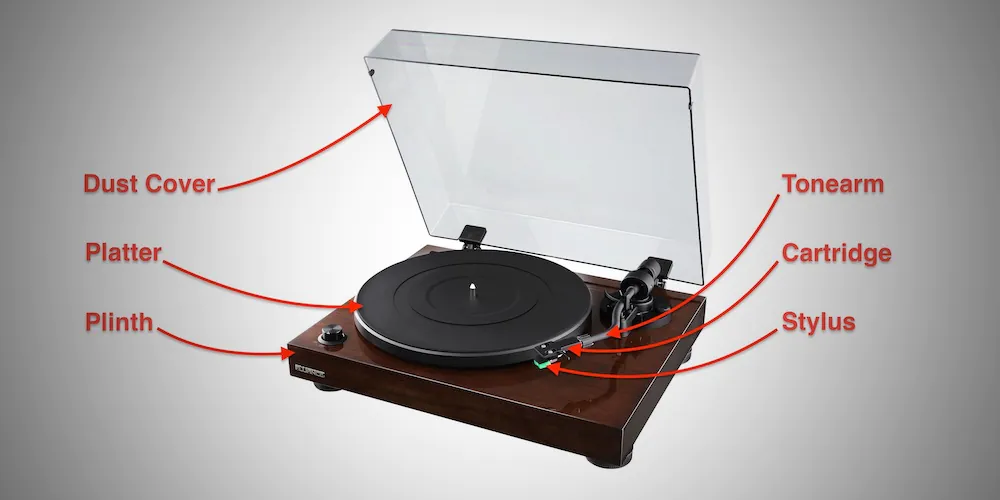
When we lower the needle onto a rotating plate, it falls into a groove cut in a special way (more precisely, squeezed out) in the vinyl, the irregularities of the walls of which create corresponding vibrations, the sound of the right and left channels. Downforce and anti-skating are important characteristics here.
Downforce is responsible for how hard the stylus pushes against the record when it is played. If it is too weak, then shallow places in the sound track can simply toss the needle and it will jump somewhere to the next track. Instead of a whole song, the connoisseur will hear only chaotic fragments.
If the needle presses too hard, it will saw through the plate, destroying along the way all the irregularities of the grooves that create the sound. That’s what the above-mentioned “suitcases” like the Crosley do.
Anti-skating prevents the needle from rolling towards the center or edge of the record. In other words, it is responsible for the uniformity of pressure by the needle on the right or left wall of the “groove” (right and left channels).
Precise tracking of downforce and anti-skating are the cornerstones of your record’s durability. There is a huge number of videos and printed materials devoted to how to properly set up players, but one thing must be taken into account: if someone instructs you to check anti-skating on a smooth disc (for example, on a DVD), it means that you’re probably speaking to a person who doesn’t know anything about the subject.
In addition to all of the above, you need to understand that the electromagnetic pulses generated by the needle are too weak to be fed directly to the amplifier input. This problem is dealt with by a phono preamp. Players are available with and without built-in phono preamps.
In addition, the sound quality is influenced by the materials of the bases, platter and tonearms, the quality and location of the electric motor, as well as, of course, the stylus and cartridge itself.
It is clear that entry-level turntables are made from cheaper materials (plastic, aluminum) than their senior counterparts (MDF, acrylic, carbon). Cartridges and needles, of course, also differ in quality and price.
Low-end
In 2019, Sony performed surprisingly well in the entry-level category with the PS-LX310BT and PS-HX500 models. The first has a Bluetooth module for transmitting sound to wireless headphones, and the second allows digitizing vinyl in HiRes.
A huge advantage of the first model is the built-in phono preamp (quite sufficient for a comfortable sound) and a full automatic with auto-stop/auto-return of the tonearm to the starting position. We put the record on the platter, close the lid, press Start – and that’s it.
Of course, many vinyl enthusiasts don’t see any sense in listening to analog sound via digital Bluetooth, but that’s subjective.
If you have never dealt with vinyl before and you’re still not sure that you’ll enjoy the experience, then starting with an inexpensive (up to $200), but high-quality turntable like this model from Sony would be a smart decision. Minimum settings, no fiddling with tonearm counterweights or anti-skating… it’s almost plug-and-play, really.
The same minimum of settings is also the main disadvantage, since the listener cannot influence these very settings. You have to trust the manufacturer and factory calibration. Upgrading will also not work – it’s a different weight and different tracking force, and there are no tools for adjusting.
Middle-end
Let’s assume you already have some experience with vinyl. Perhaps, as a child, you had access to your parents’ collection, so you are confident in your decision to collect vinyl. At this point, companies like Pro-Ject, Rega, U-Turn or Fluance come onto the scene. At a price of $250-500, companies offer serious attention to detail, excellent materials and a high production quality, as well as replaceable cartridges from renowned manufacturers.
Each of these mid-range manufacturers sell turntables with a built-in phono preamp and without it (which means you need to buy an external one), there may be a model with Bluetooth, cartridges can be upgraded, since all the tonearm settings are adjustable.
But no matter how different HiFi players are, they have one thing in common: no autostop. The majority of manufacturers at this (and above) level find that additional autostop mechanics negatively impact the user experience. It is difficult to find a reasonable explanation for this, but at this stage in the development of the industry, simple autostop seems to be a lost knowledge of the ancient civilization.
Fluance is a nice exception to this rule. Its players have all the pros in the form of a minimalistic design, great materials and finishes, high-quality cartridges and, most importantly, autostop! There are no Bluetooth models though, but there’s a built-in phono preamp.
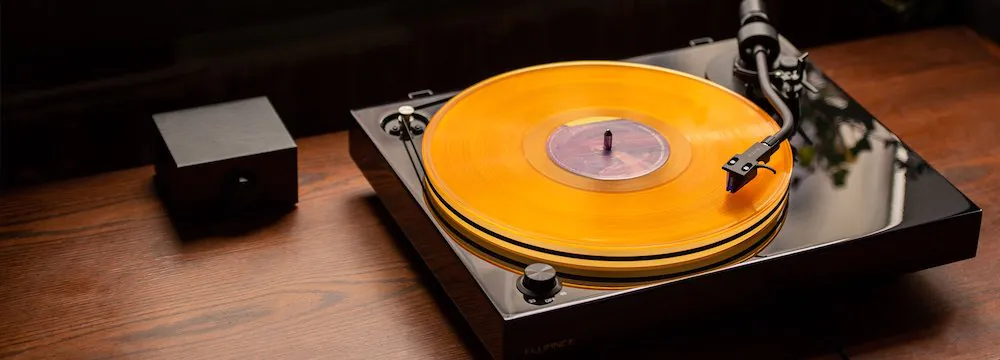
In addition, for turntables, there is a whole class of speakers equipped with their own built-in phono preamp. Probably the most famous manufacturer here is Klipsch with its Powered Speakers line.
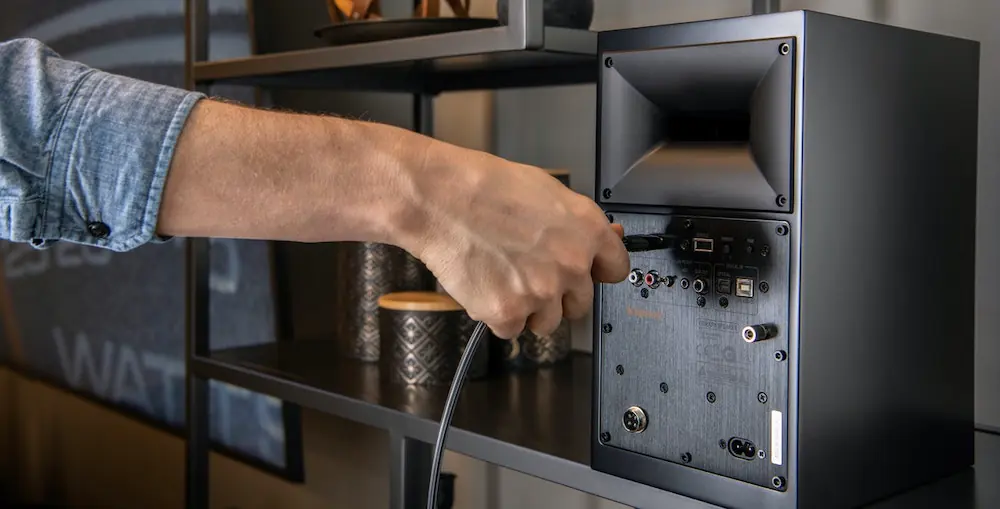
The quality of mid-range HiFi-players from Pro-Ject, Fluance and the like will be enough for the absolute majority of listeners.
Top-end
Here we tread cautiously into the territory where people knead audio cables before listening hoping to get warmer sound. Any criticism about odd pricing, the existence of laws of physics, and so on, simply doesn’t make sense when the cost of a turntable is comparable to that of a car or small apartment.
A few examples:
Let’s summarize
In this text we tried to give a general idea about buying your first record player.
Selecting and buying a first turntable can be a daunting task. There are tons of people with different opinions, and everyone believes themselves to be the only expert in the world. Some say buy the most expensive player you can find. The others will insist that only vintage models are worth anything, so it is better to deal with such subtleties on your own, using your experience and personal preferences.
Happy listening!
Subscribe to our accounts:

